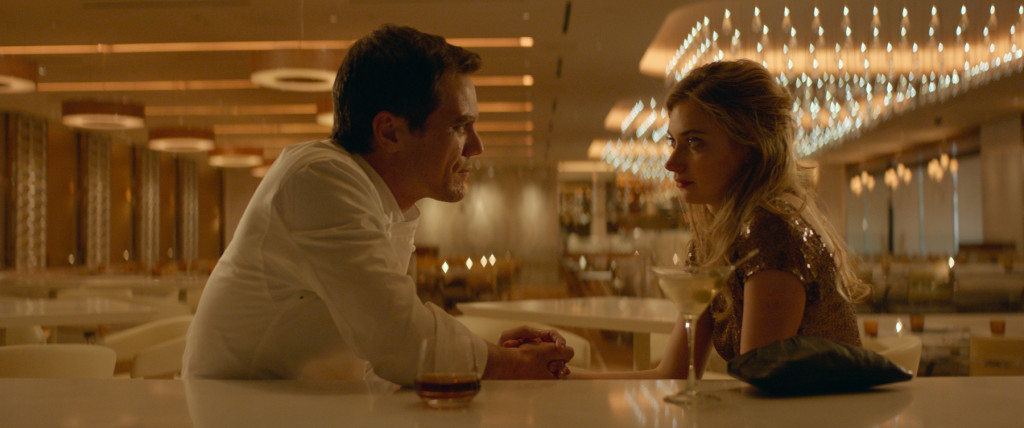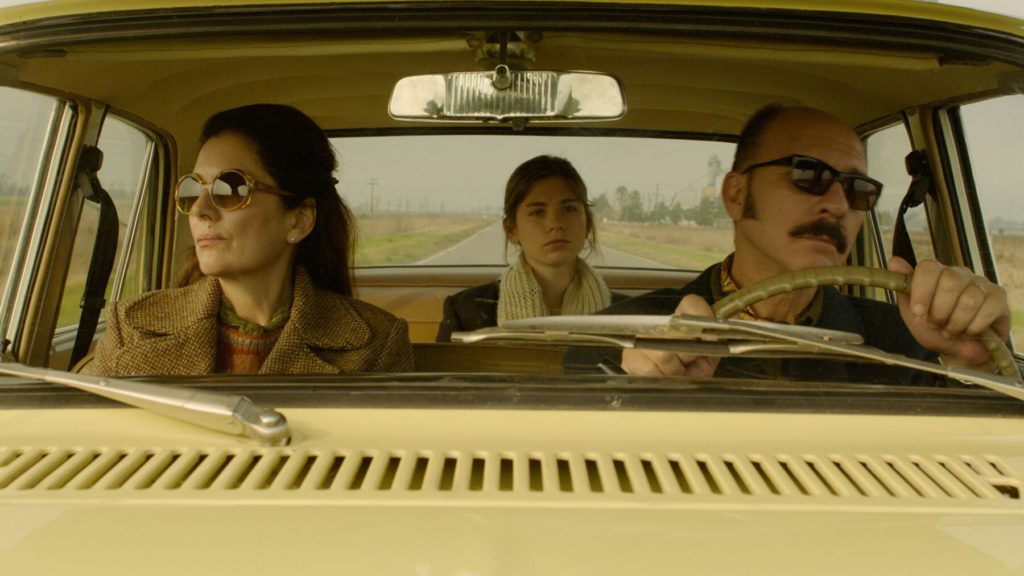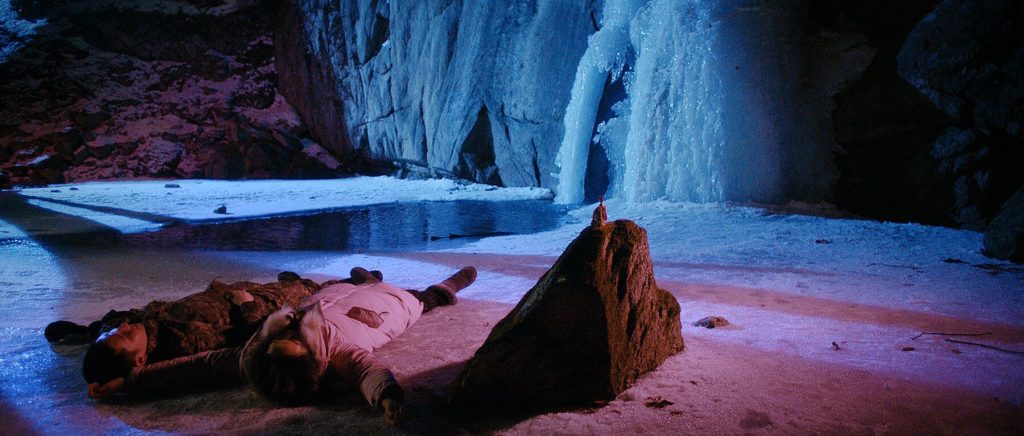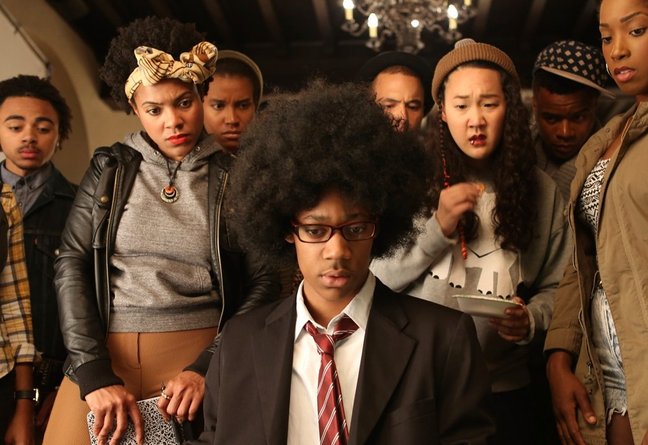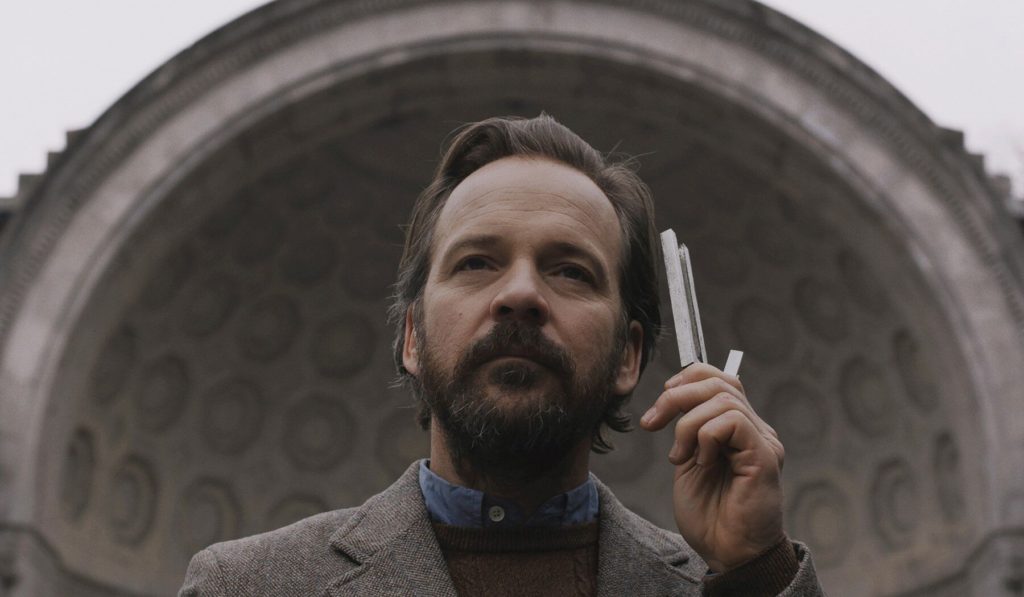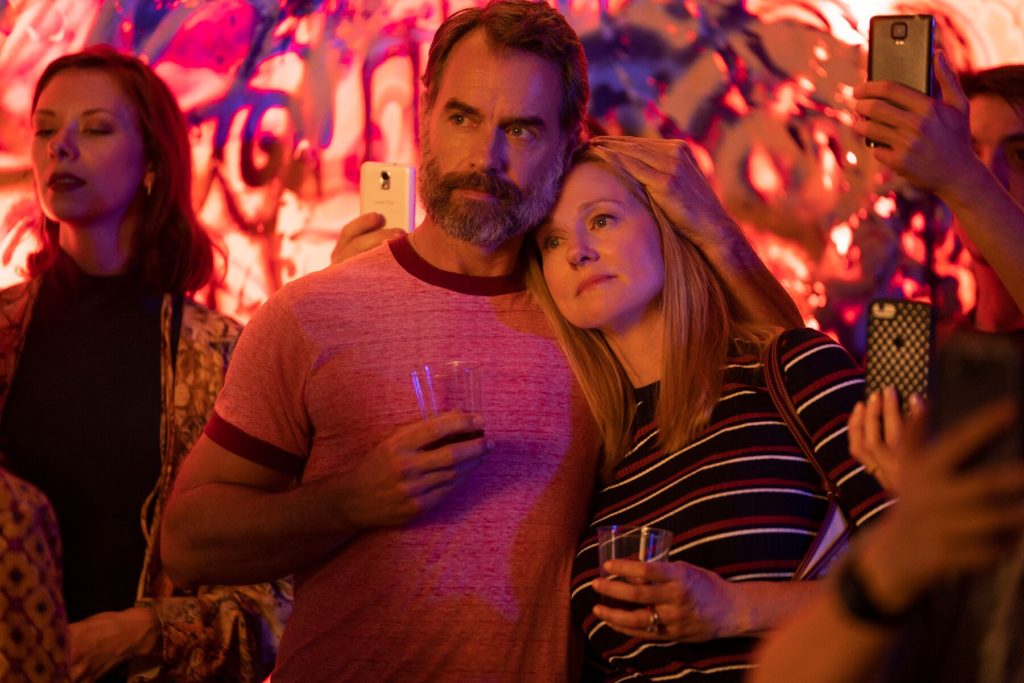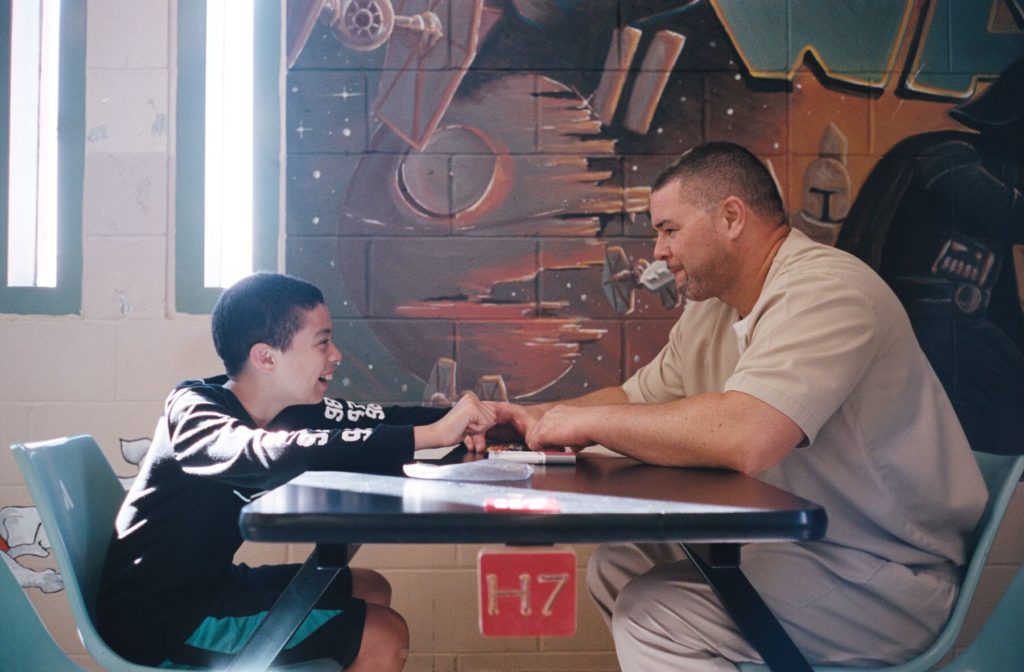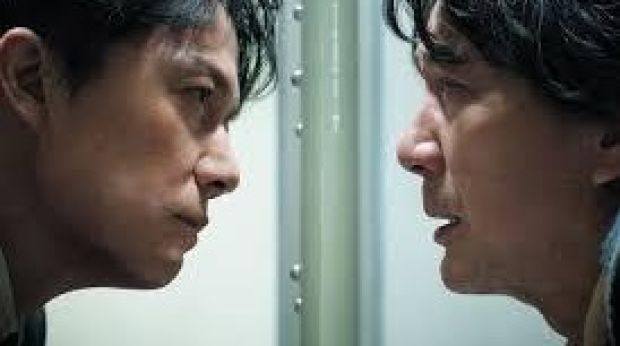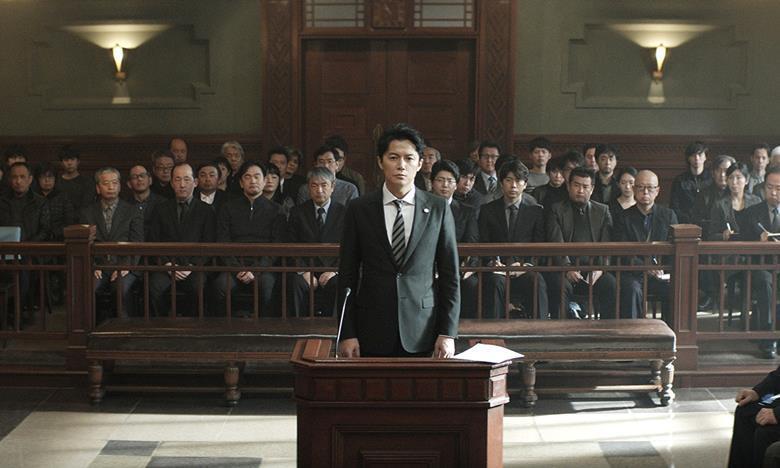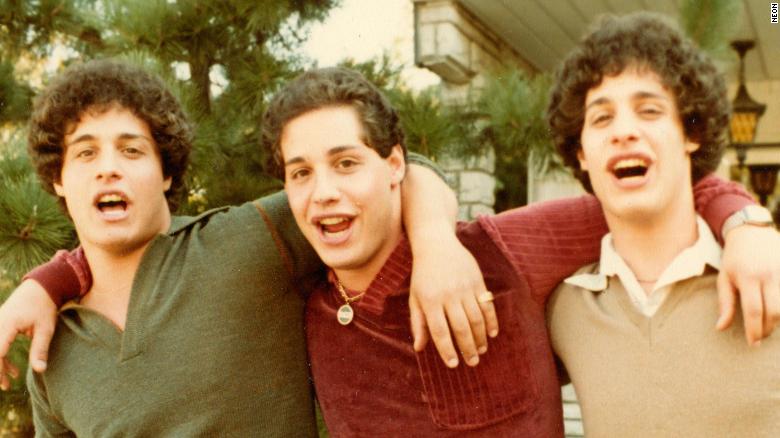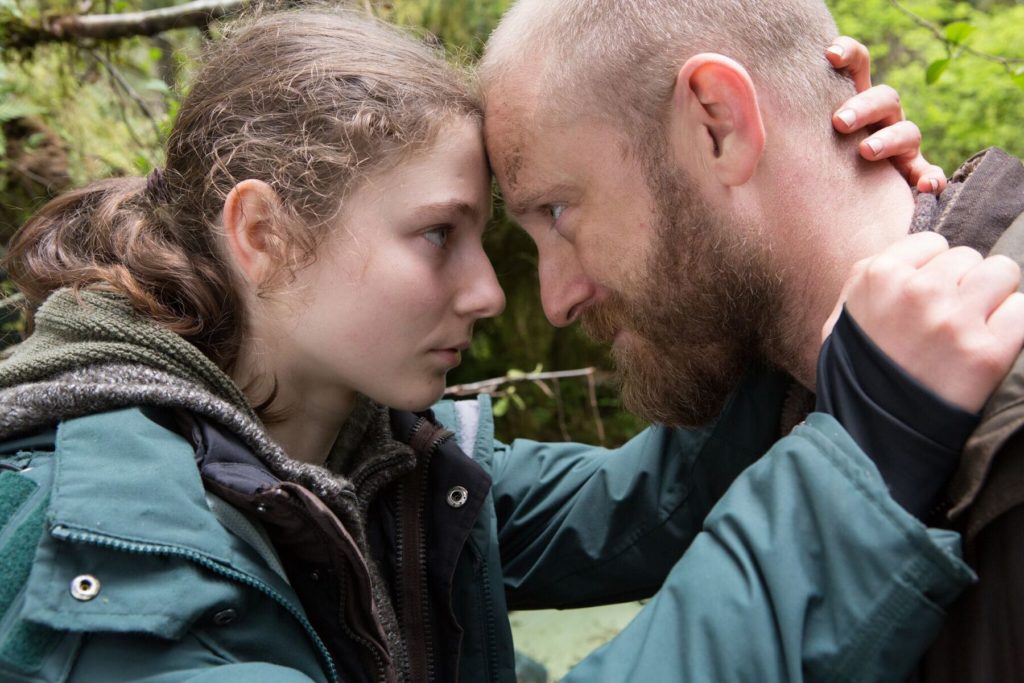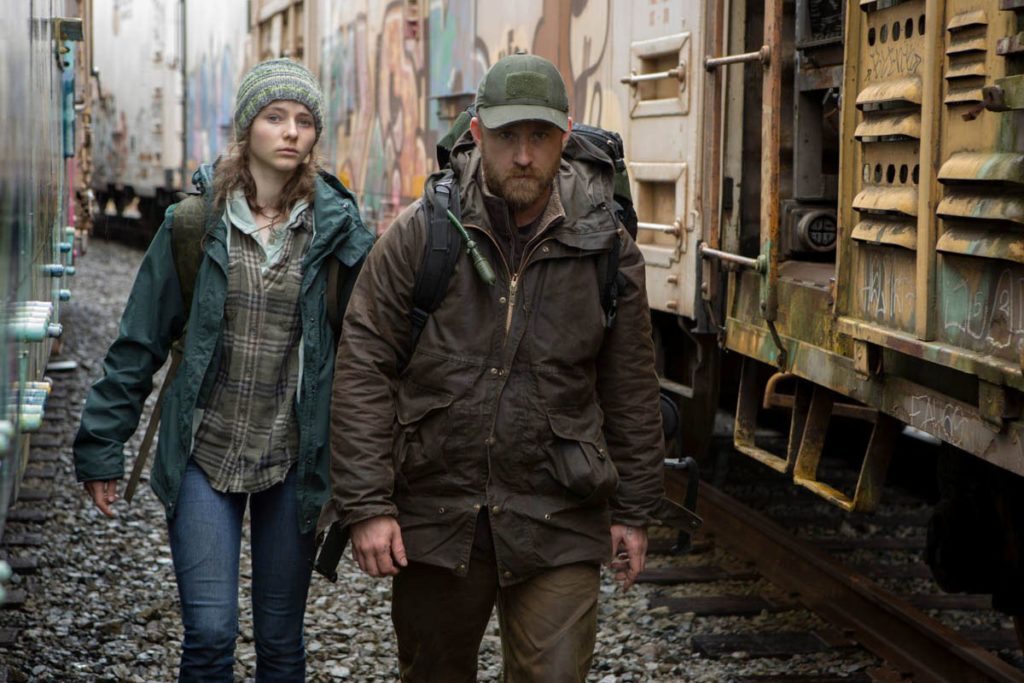
In the thought-provoking documentary We Believe in Dinosaurs, filmmakers Clayton Brown and Monica Long Ross introduce us to Ark Encounter, a Kentucky attraction with a full-size replica of Noah’s Ark. Explicitly pro-creationism and anti-evolution, Ark Encounter is filled with interpretive exhibits that illustrate the Biblical story of Noah as historical fact, kind of a fundamentalist, evangelical Smithsonian. Ark Encounter is 45 miles from its sister attraction, the Creation Museum.
There’s a lot to think about – and even marvel about – here. First of all, the Ark Encounter is an impressive spectacle. In Genesis, God directed Noah to build the ark to be 300 cubits long, 50 cubits wide, and 30 cubits high. That means that this thing is a football field-and-a-half long and over four stories high. We get to meet and observe the technicians and artists as they build the animatronic Noah family and the reproduced animals.
The bigger story here, though, is the massive investment in anti-science propaganda. To justify their literal acceptance of Biblical content that is inconsistent with scientific fact, these folks behind the Ark Encounter believe that they need to discredit science itself. And they’re not just defending the literal occurrence of every Bible story, but also the chronology of Bishop Ussher who, in the mid 1600s, calculated that the earth was created in 4004 B.C. That means that the Ark Encounter aggressively explains that the Earth and the human race, despite fossil evidence, are each 6,000 years old – and that dinosaurs lived alongside humans (and voyaged on the Ark). It also means that they seek to discredit the Theory of Evolution and the scientific method itself (while enjoying its byproducts – vaccines, for example).
When you distill their beliefs, these neo-creationists are essentially turbanless Taliban. Just for perspective, after suppressing Galileo’s 1615 discovery of the earth-centered solar system, the Catholic Church started backpedaling in 1718. That means that 300 years ago, even the reactionary Church decided not to double down on denying scientific discoveries.
And what about the scientists? And people of faith who accept science? We Believe in Dinosaurs brings us the perspectives of Ark Encounter opponents, most notably a geologist, and a former neo-creationist, both native Kentuckians. There’s also a local Baptist minister, who thinks that people of faith can also accept science.
One of the stunning aspects of We Believe in Dinosaurs is the unexpected David-and-Goliath story. We might expect the science-deniers to be outmatched. But the folks with most primitive beliefs are the creative masters. Anti creationists are the Goliath, supported by hordes of believers, massive private investment, capacity for technical wizardry and even state support. On the other hand, scientists are not often skilled in or equipped with tools for political persuasion and mass communications. The pro-science folks are, like John the Baptist, a lone voice in the wilderness, losing the optics battle.
Brown and Long Ross have a point of view (that science is good), but they don’t make the Ark Encounter people ridiculous. We directly hear the Ark Encounter leadership’s public pronouncements, and we meet the earnest and often sympathetic folks who are using their considerable talents to build and fill the attraction. Brown and Long Ross let us hear from both sides and let us connect our own dots. Watch the closing credits to the very end to get the subjects’ unfiltered view of the filmmakers. And wait for the film’s super-creepy money shot – that of an animatronic figure reflecting on the fate of others.
I saw We Believe in Dinosaurs at its world premiere at the San Francisco International Film Festival (SFFILM). While We Believe in Dinosaurs is just starting out on the festival circuit, this film is too compelling and audience-friendly to go very long without a distributor; I expect that you’ll be able to see it, too, this year.

